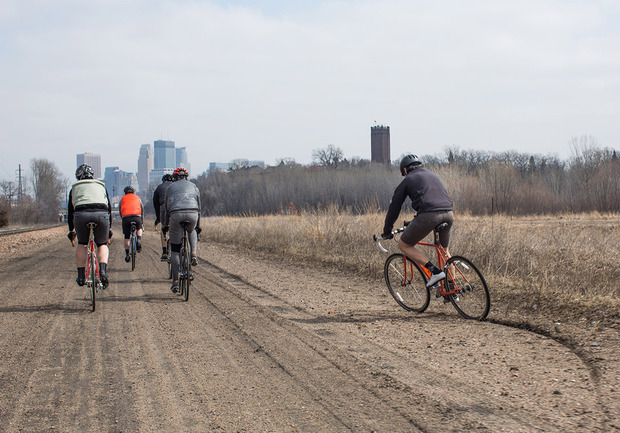Interview: Alexander Valdman of Giro
Giro’s Design Director on creating for the innovative New Road collection, Kanye West and city cyclists

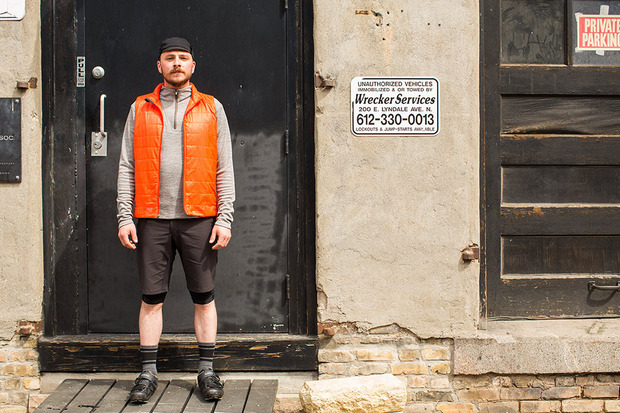
Spring 2013 saw the introduction of Giro‘s cycling lifestyle collection New Road. While the initial launch was semi-soft, Fall 2013 made waves when launched a month or so ago and, from what’s been seen of Spring 2014, attention isn’t fading. The innovative collections blend technical design with man-made textiles for a range of clothing designed to be worn on the bike, but stylish enough to cross over into the office upon arrival. There have been several attempts at the segment before, but nothing remotely compares to the level of wearability, functionality and overall aesthetic of New Road.
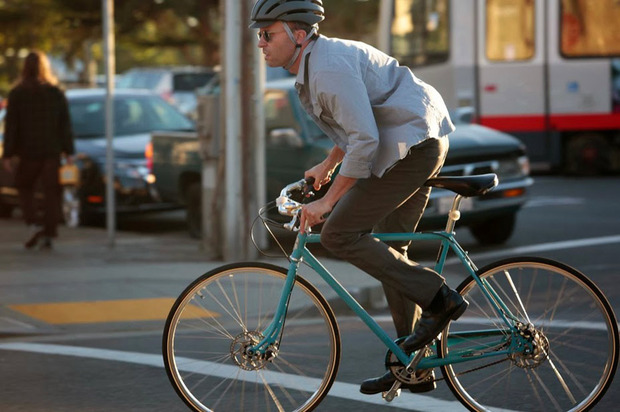
One mind behind the otherwise quiet brand’s influential new collection is Design Director Alexander Valdman. While we had originally intended to interview Valdman in hopes of solely learning more about the subtle design details and impressive functionality of New Road, we quickly realized his own backstory was equally, if not more interesting and relevant. Having spent his early years in Europe and NYC, Valdman landed in San Francisco around the age of nine, and never left. There, he was exposed to skateboarding and graffiti, and fell in love with cycling. Later, as the SF scene changed from track bikes with the resurgence of road riding, so did Valdman, as he unexpectedly shifted focus to apparel design.
From founding influential streetwear brand Homeroom in 2005—and subsequently helping introduce the reversible, all-over print, patchworked hoodies that took the mid-aughts by storm—and working with Kanye West on one his first forays into fashion to joining Levi’s to execute the much adored Commuter Collection and now designing unequivocally handsome cycling gear at Giro, Valdman’s eye for relevant design is keen to say the least. To learn more about all of the above, plus what just makes New Road’s modern designs so smart, we recently caught up with Valdman for a rather comprehensive chat.

First off, tell us a bit about your design background and how you began making clothing.
My grandfather was in tailoring and my mother was a seamstress. I grew up with my mom making my clothes or helping me create things that I could think of. So I got a pretty good background from her as far as construction and fit, pattern making and fabric selection—just understanding textiles. I think from my grandfather I got more of a good business sense. And I actually went to school for finance, so I didn’t even go to school for design.
The way I started Homeroom—it was my last semester of college and I didn’t have much money so I made a hoodie. It was reversible, pretty subdued, but the inside lining was pretty crazy. And this was like 2005 when there was really no direction in young men’s attire. It was kind of that transition where urban clothing had died off so there was a lot of white space—the market was open to new ideas. [After meeting a Complex Magazine editor, a stylist working with Kanye West and a DJ for Lupe Fiasco on the street] everything started going and I started making custom stuff for Lupe and Kanye and it started taking off. Mind you, this was four weeks after me making this hoodie.
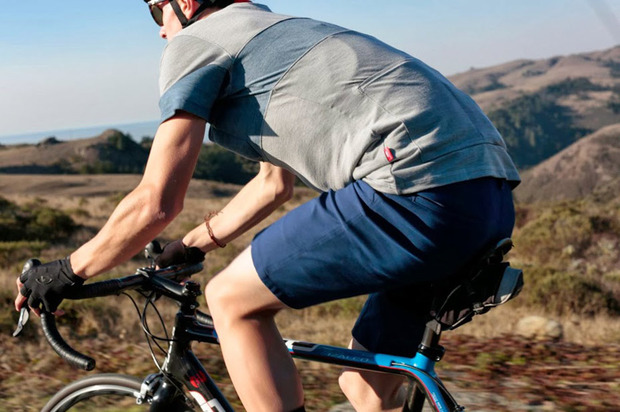
After a solid run with Homeroom, what came next?
That was kind of my MBA in the apparel business, because I did [Homeroom] for about five years. We had a lot of successes and failures and I kind of grew up on my own dime and terms. But when the economy started taking a dive in 2008 and 2009 I went from this high to this very low—as most people did—and had to slow the business down a bit. By this time I heard Kanye was doing a men’s clothing brand, so I reached out and he invited me to come down to LA and I started doing some design work for Kanye on Pastelle.
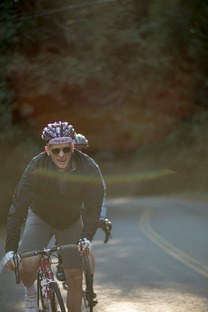
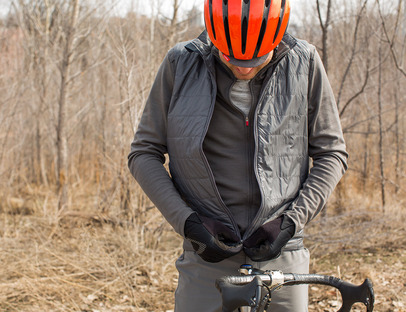
What did you take away from working with Kanye West?
It was really amazing to be around him and to see how his thought process works. He kept talking about this thing, soul—”This needs more soul, that needs more soul.” At first I didn’t really understand it but later on, maybe a year later, I realized he was talking about something more timeless. He wanted things that were innovative, fresh, that had new-ness but were saturated in rich stories that could withstand time. And I think to him that was perfection. Kanye was very enigmatic, you had to decipher what he was saying. It seems very direct if you took it literally but I think the guy is pretty deep in his meanings, and not necessarily very explicit. He doesn’t explain his terms. Even though I didn’t necessarily learn anything about design from him, I understood how his mind worked. The way he orchestrates his ideas and the way carries out his vision was really inspiring. I look back to that short time as a really profound experience.
The other thing I really took away was his ability to collaborate with almost anybody and really get the best out of them. He had this knack for bringing people from different areas of expertise together and really isolating people’s skill sets in a way that was complimentary to the whole team, so it’s not just a one-on-one collaboration. It was almost like a scientist in a chem lab. He would say, “You can only use this talent and you, you can only use this talent.” The way he’d orchestrate that was masterful and genius. And not only from a musical view but from an art direction point of view—graphics, design, fabrication. I mean the guy has a vision that is very clear and i think his strength is the ability to execute on that vision and bring in those people that can help him do it. I think that was pretty remarkable to witness. So after that situation I went on to work with Levi’s at the end of 2010.
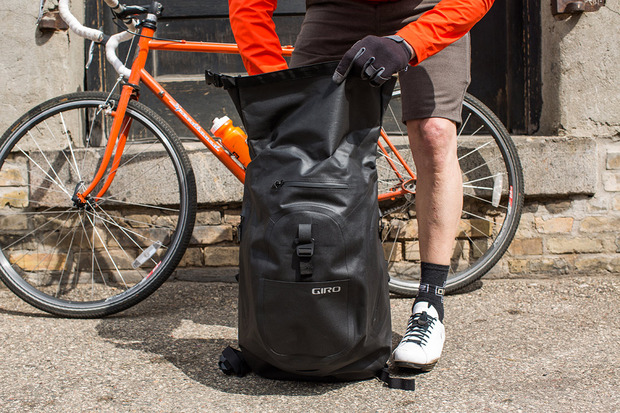
How did working at Levi’s cause you to refine your design approach?
I think the previous experience was more macro, just understanding the bigger picture of guiding vision and direction, this was more about executing on all those aspects. You know, you’re creating something that is iconic to the world. And I thought that was very, very helpful to understand that design doesn’t need to be these bold strokes. Design can be something that is slow paced. It can be something that’s melodic and tactile. It doesn’t have to be overt and shocking.

They saw this need for clothing that didn’t necessarily look like activewear, but performed like activewear
When did you make the move to Giro?
I think it was 2012 and Americana in menswear was kind of at its peak. And I just started feeling I wasn’t hungry for it anymore, if that makes sense. I just felt I had the appetite to understand performance and technical clothing. I felt that I wanted to not just design clothes, but engineer clothes, clothing that actually enhances your life. And I got to meet the staff at Giro and man, they were like the purist people I’ve met. When I got there we were pretty much on the same page: they saw this need for clothing that didn’t necessarily look like activewear, but performed like activewear.

Tell us about the origins of New Road.
When we started designing it we laid out some basic foundation ideas and started building around this idea that we were going to use grown fibers instead of manmade fibers. And we started really leaning on traditional tailoring details. We didn’t just rely on the fabric for stretch, but the way that we drop the shoulder a little bit, which actually gives a lot more movement and range of motion. It’s just little things that people don’t notice that really help develop a line that was versatile enough for on the bike and off the bike.
When you think about companies that I really respect like Patagonia, their point of view is mountaineering. The mountaineering aspect of design is very boxy and bulky, yet that becomes the wardrobe of the urbanite for foul weather. Cycling [design] is a lot more tailored and trim, which is more conducive to the way people dress every day. So you know, what’s to say the cycling perspective can’t replace clothes for your every day life as well?

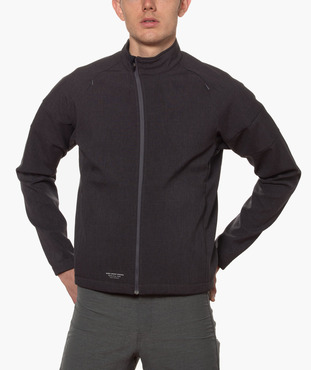
We really love the welded pocket T-shirt. Was that your doing?
Yeah, there’s always a few pieces that I design for myself in the collection, and that’s definitely one of them. I felt that welding the pocket on was really expressive of the technical piece, even though it might look like a regular old T-shirt. So that was more of a nod towards the performance aspect of [the collection]. We have a 3/4 sleeve one that’s a merino poly blend that’s a beautiful, beautiful soulful texture. It was based on this idea of your everyday piece. So if I go into the office wearing it and I hop on my bike at lunch, I don’t necessarily need to do a whole uniform change, so to speak—it’s transitional. So it’ll work on a ride up 2000 feet and 14 miles for lunch, and then I can be back in my seat [at work] without really being soggy or smelly. That was the basic need for designing it.
How do you approach design, in terms of keeping things modest yet purposeful?
The way I design is I really start with the trims and the fundamental idea. And when those things come together, then you see what the balance and the harmony is. A good example is the Softshell Jacket; we started off with this one idea of what the zipper should be. And then we started off with what the pocket should be and when it all came together in the first sample, it felt like it was a little too overstated. So over the process of six fittings we started stripping it down and stripping it down until we felt like there was a harmony—something that had that soul, that timeliness, something that had longevity.
And I think every time that I start designing, I really start with the basic idea that’s trying to be expressed. I know that’s kind of vague and enigmatic, but it’s really more about the piece. Each piece takes a slightly different approach. So New Road in general, we tried to express our geography, our location and infuse some of the [Santa Cruz DIY] culture into the product. We are taking risks and we are pushing the boundaries of what’s comfortable, and it’s actually proving to be successful. I think people that get it really appreciate it. We’re not putting out anything that we don’t believe in.
Giro New Road Fall 2013 is currently in select stores and available online directly from Giro. Expect Spring 2014 to hit shelves in February. All images courtesy of Giro.
